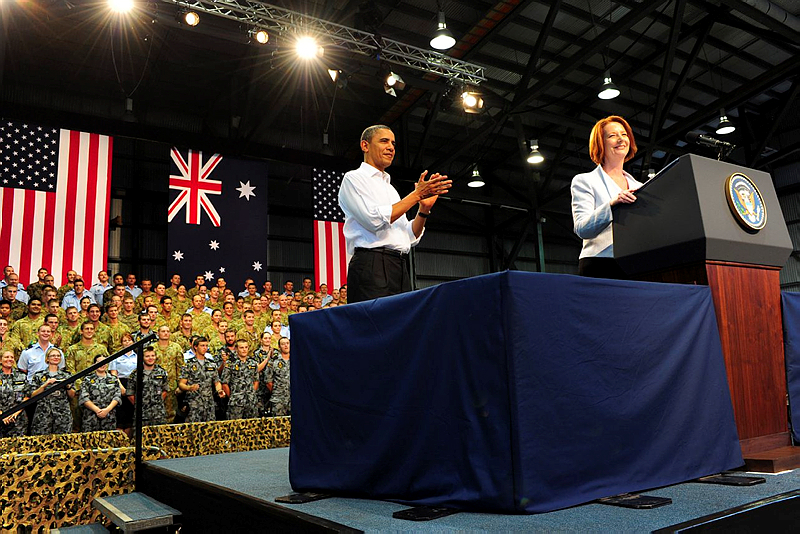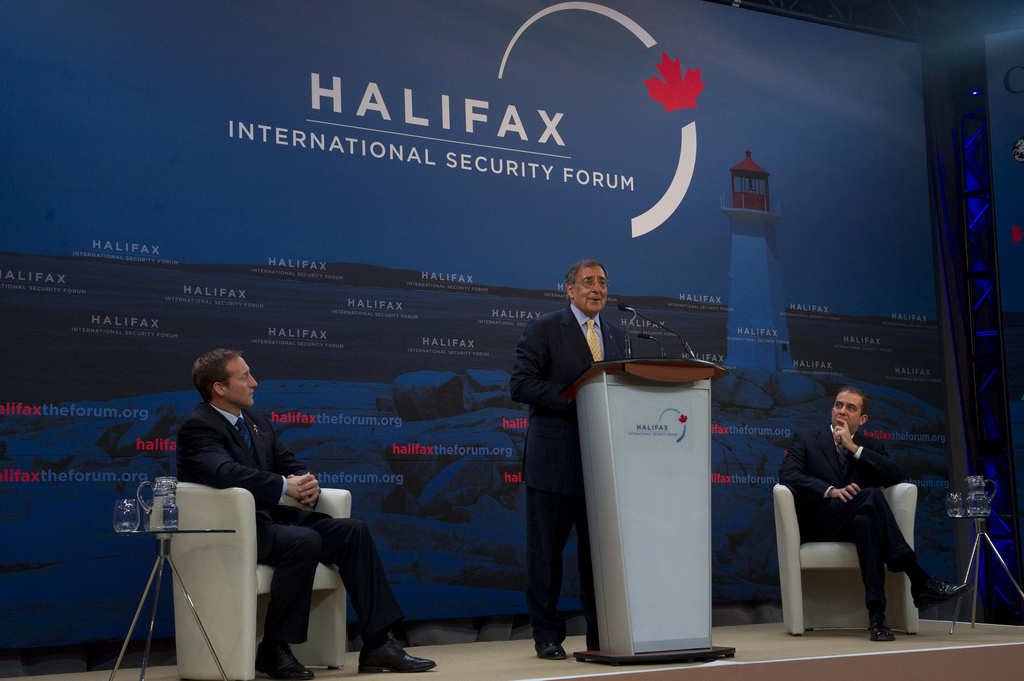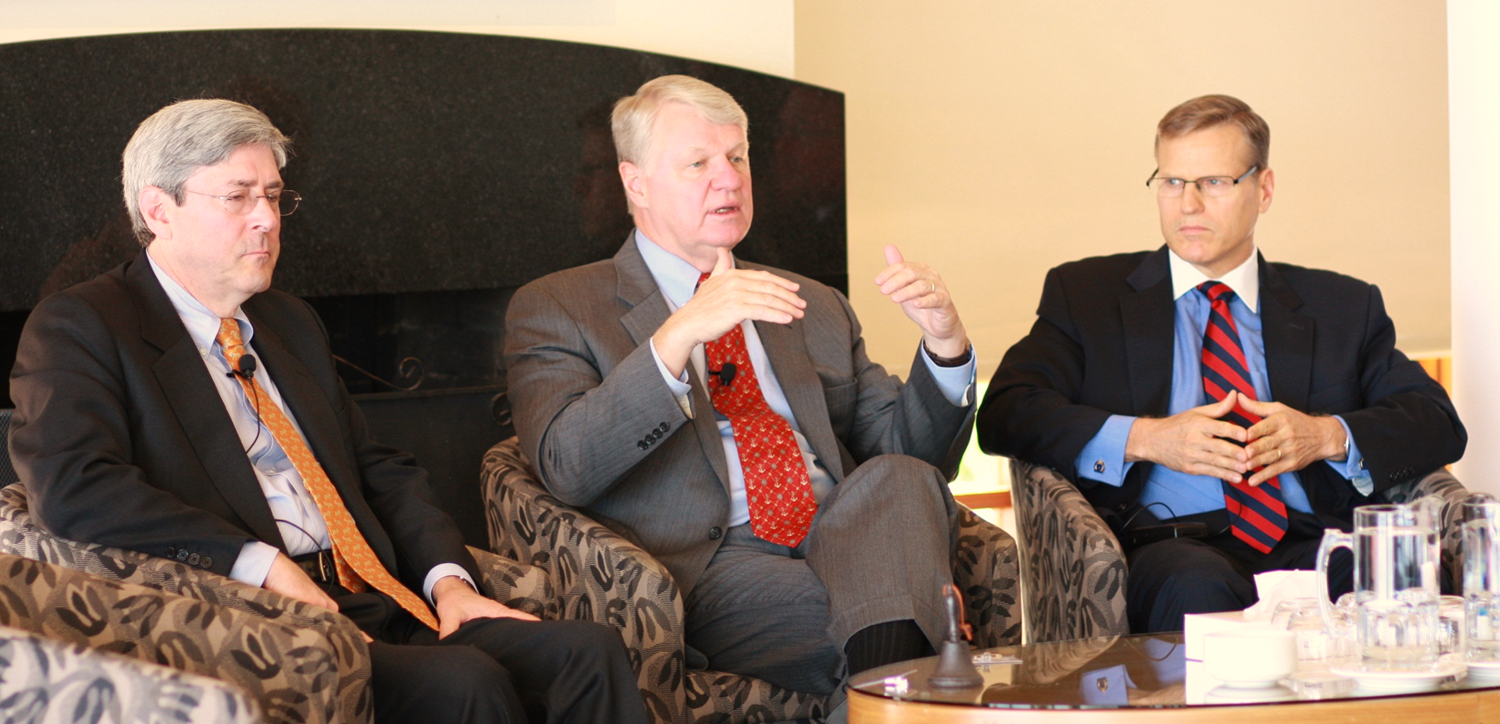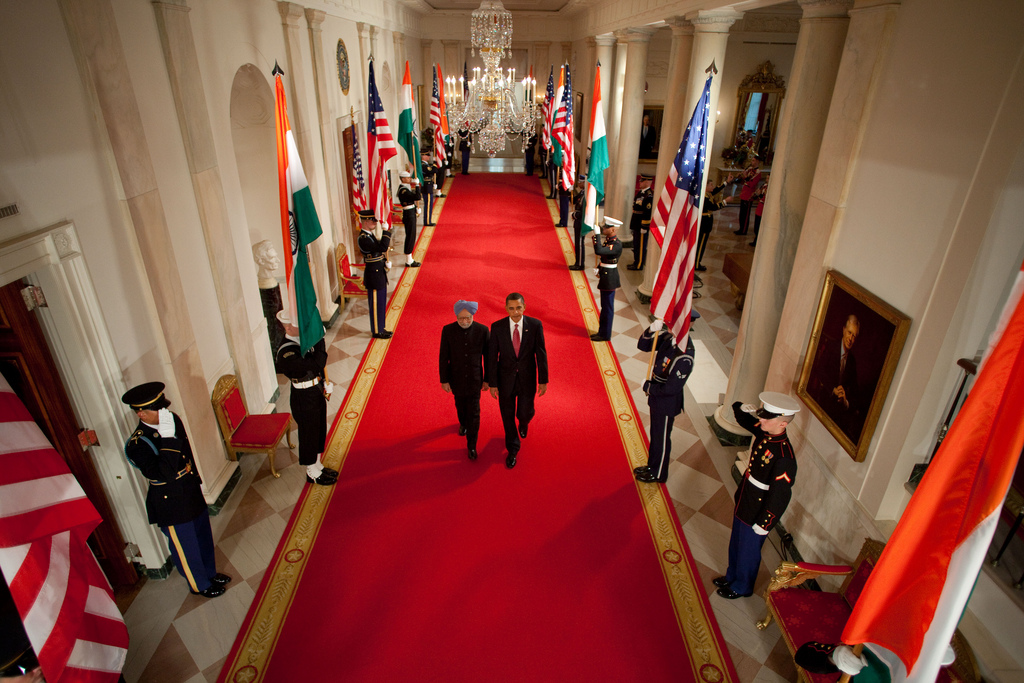Force Structure 103b: all the way with LBJ…
Earlier posts (here, here and here) have looked at force structure from an Australian perspective, but in reality the American alliance dominates all our defence discussions. So our thinking about future force structure alternatives and how they relate to the alliance should start with a basic question: what we want from the alliance?
In defence terms, and from an Australian perspective, the alliance’s function is to gain American support in those instances where America doesn’t consider it in its national interest to be involved. To give some examples, American assistance to Australia during World War II both pre-dated the alliance and was in America’s own interest. But American support for Australia (and the Netherlands) when differences arose with Indonesia over the future of Dutch West Papua wasn’t seen the same way. Similarly, Australia’s 1999 intervention in East Timor didn’t engage America’s national interests and so US support was less comprehensive than some hoped.
So how can the ADF’s force structure be shaped to help gain American support in such circumstances? The most often proffered way is to be a part of America’s wars in the hope of reciprocation; a ‘you owe me one’ strategy. This approach suggests a force structure that can readily be added to a much larger US joint force. Such an additive force structure is easily developed—simply buy a range of off-the-shelf US hardware although, with the operational theatre of future American wars uncertain, the ADF would need to trained for a variety of possibilities. There are several downsides with this approach, including limiting Australia’s ability to undertake independent operations, acquiring capabilities that might be less relevant to our nearer region and doubts whether Australia’s contribution to a much larger American force can be sufficiently significant to ‘buy’ us the required kudos. Read more





